Vitiligo is a chronic skin condition characterized by the loss of skin pigmentation, leading to noticeable white patches. It affects individuals regardless of age, gender, or ethnicity, and its impact is not only physical but also emotional. For many seeking Vitiligo treatment in Abu Dhabi, understanding the effectiveness of treatments is crucial, especially concerning the area of skin that is affected. This blog delves into the effectiveness of vitiligo treatments for both small and large affected areas, providing insight into various treatment options, care strategies, and the overall management of this condition.
Understanding Vitiligo
What is Vitiligo?
Vitiligo occurs when melanocytes, the cells responsible for producing skin pigment, are destroyed or malfunction. This condition leads to patches of skin that appear lighter than the surrounding areas. Although vitiligo can develop anywhere on the body, it is commonly observed on the face, hands, and other sun-exposed areas.
Causes of Vitiligo
The exact cause of vitiligo remains uncertain, but several theories suggest that it may be an autoimmune disorder, genetic predisposition, environmental factors, or a combination thereof. Understanding the underlying cause can sometimes aid in choosing the most appropriate treatment strategy.
Types of Vitiligo Treatments
Topical Treatments
Topical corticosteroids are among the most commonly used treatments for localized vitiligo. These substances help reduce inflammation and can restore some color to the affected skin. Patients often see varying levels of success based on the size of the affected area and how long it has been present.
Phototherapy
Phototherapy is another widely adopted method for treating vitiligo. This treatment involves exposing the skin to UV light under controlled conditions. It is particularly effective for larger areas. The success of phototherapy may depend on the treatment duration and the individual’s response to UV exposure.
Laser Treatments
Laser therapy can also be an option for treating vitiligo, especially in cases where topical treatments and phototherapy have proven less effective. Lasers can target specific areas, which can be advantageous for both small and larger patches. Selecting the right laser treatment is essential to achieving optimal results.
Surgical Options
In more persistent cases, surgical options such as skin grafts may be considered. These techniques generally suit patients with large areas of skin affected by vitiligo. They involve transplanting pigment from normal skin to the depigmented areas and may yield excellent results, depending on various factors, including the patient’s skin type and overall health.
Effectiveness Based on Size of Affected Area
Small Areal Treatments
For individuals with small patches of vitiligo, the success rate for treatments is generally higher. Localized therapies typically yield quicker results, allowing the skin to regain pigment more effectively. Treatments like topical corticosteroids and targeted phototherapy are often sufficient, as the small surface area makes these approaches feasible and effective.
Large Areal Treatments
Managing larger areas of vitiligo can be more challenging. Many patients may require a combination of treatments to achieve desired results. For larger patches, phototherapy is often preferred, as it can effectively cover extensive areas of skin. The complexity of treating larger patches necessitates a personalized approach, taking into account the patient’s skin type, health history, and lifestyle.
Combination Approaches for Better Results
Tailored Treatment Plans
The effectiveness of vitiligo treatment, whether for small or large areas, often improves when treatments are combined. For instance, a protocol that includes topical treatments along with phototherapy can enhance the overall outcome. Tailoring treatment strategies ensures that each patient’s unique condition is addressed effectively.
Ongoing Monitoring and Adjustment
Monitoring the response to treatment is crucial. A practitioner’s guidance in adjusting the treatment plan based on how well a patient is responding is essential for achieving optimal results, regardless of the size of the affected area.
Emotional and Psychological Considerations
Impact of Vitiligo
While vitiligo is principally a skin condition, it can have substantial psychological implications. Individuals may experience social anxiety, self-esteem issues, and feelings of isolation. Therefore, it is essential to approach vitiligo holistically, considering emotional support alongside physical treatment.
Supportive Therapies
Part of holistic vitiligo treatment includes psychological support. Counseling, support groups, and education can empower individuals to cope with the emotional aspects of their condition. This comprehensive approach can be beneficial across all patients, whether they have small or large areas affected.
Lifestyle Adjustments for Management
Sun Protection
Regardless of treatment type, sun exposure can exacerbate vitiligo. Using sunblock regularly helps protect the skin and can prevent further loss of pigmentation. Recommendations often indicate a broad-spectrum sunscreen with high SPF, especially when engaging in outdoor activities.
Healthy Skin Care Routine
Maintaining a healthy skin care routine can foster better skin health and enhance treatment efficacy. Gentle cleansers, moisturizers, and products that are free from harsh chemicals can help maintain optimal skin condition and support the treatment process.
Lifestyle Integration of Treatments
Realistic Expectations
Establishing realistic expectations is vital. Not every treatment will work for every individual, and results can vary widely. Understanding that some treatments may lead to partial repigmentation, while others may not yield the desired outcome, is important for setting achievable goals.
Commitment to Treatment
Consistency is key in any treatment plan. Patients must be committed to adhering to their prescribed regimen and be open to trying different approaches if initial treatments are ineffective. This commitment can significantly impact the overall success of the treatment process.
FAQs
1. Is vitiligo treatment effective for everyone?
Effectiveness varies among individuals and is influenced by factors such as the extent of the condition, skin type, and overall health. Many people see improvements with appropriate treatments.
2. How long should I expect to undergo treatment for vitiligo?
The duration of treatment can differ based on the individual and the severity of their condition. Some may notice changes within weeks, while for others, it might take several months.
3. Can lifestyle changes complement vitiligo treatment?
Absolutely! Protecting the skin from sun exposure and adhering to a healthy skincare routine can significantly enhance the effectiveness of treatment and support overall skin health.
4. Are there alternative treatments for vitiligo?
Yes, various alternative therapies, such as herbal treatments and acupuncture, are available. However, it’s essential to consult with a healthcare professional before pursuing alternative options.
In conclusion, vitiligo treatment can be effective for both small and large affected areas, depending on the treatment approach and individual factors. By combining medical treatments with lifestyle adjustments and emotional support, patients can achieve more significant outcomes and improve their quality of life. Understanding the nature of vitiligo and the available treatment options is crucial for effective management, allowing individuals to navigate their journey with confidence.



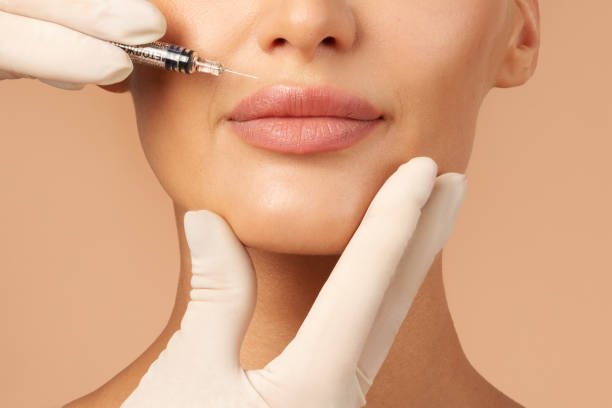

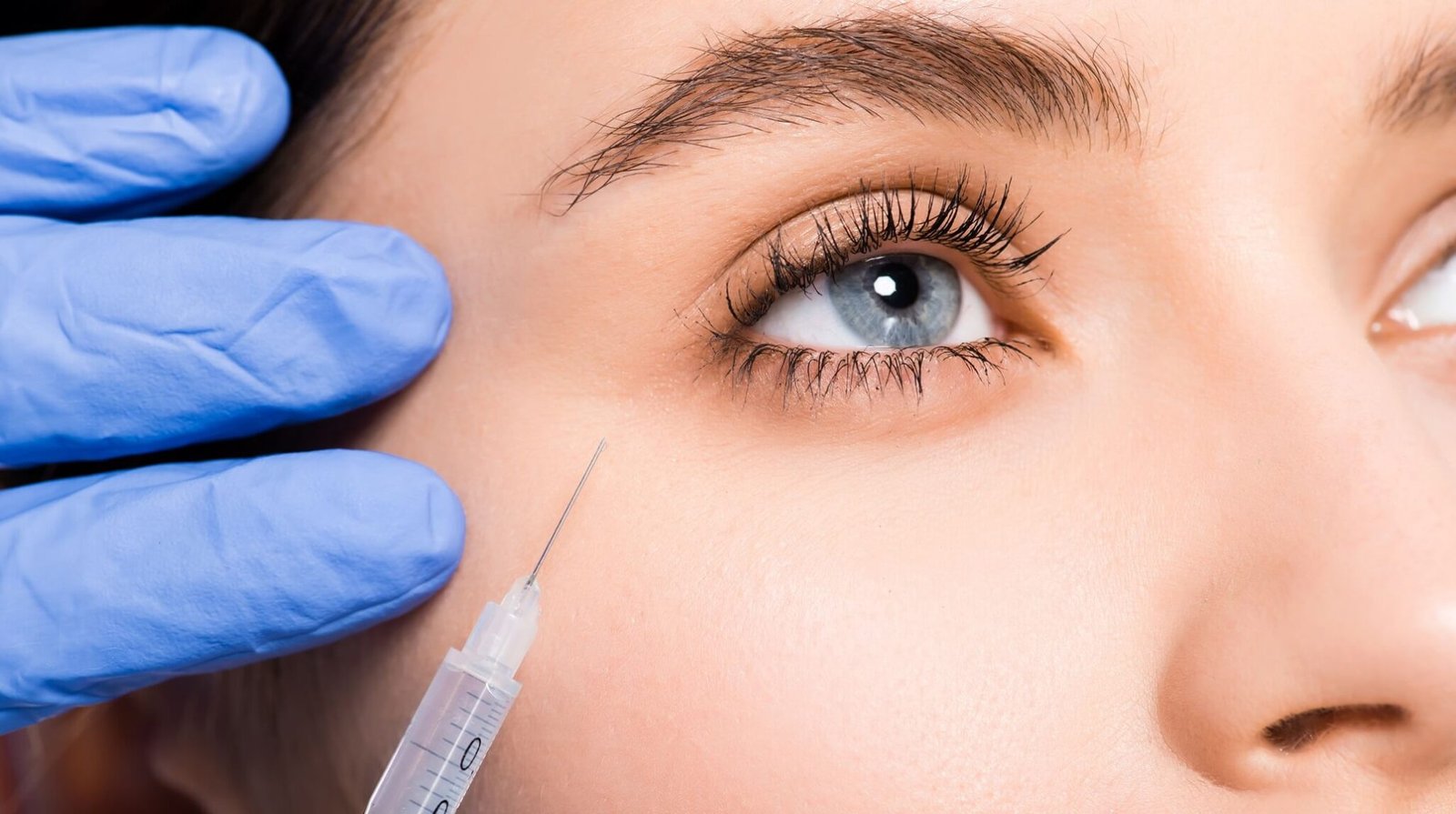
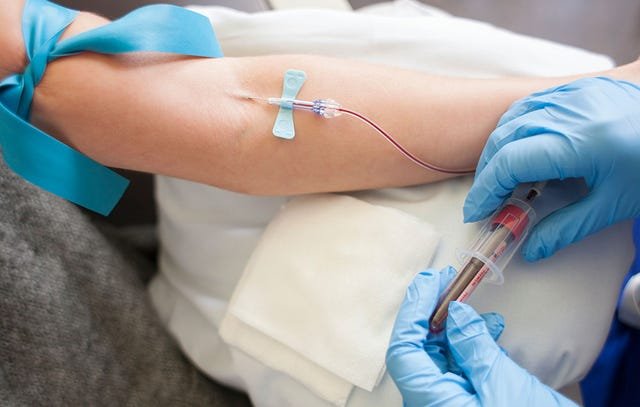
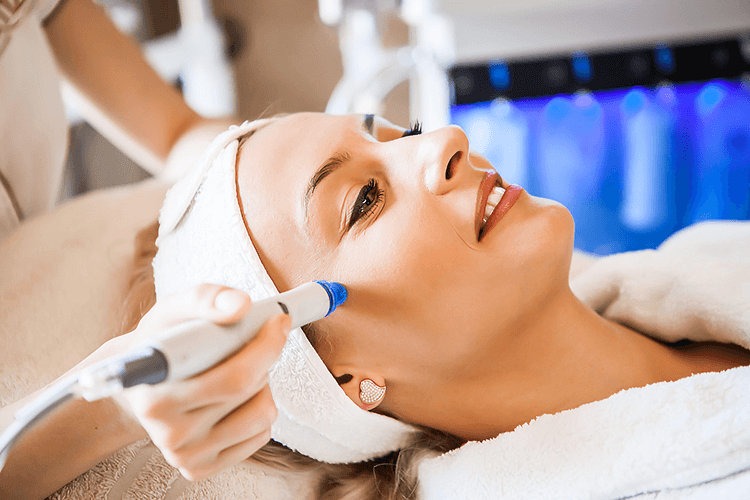
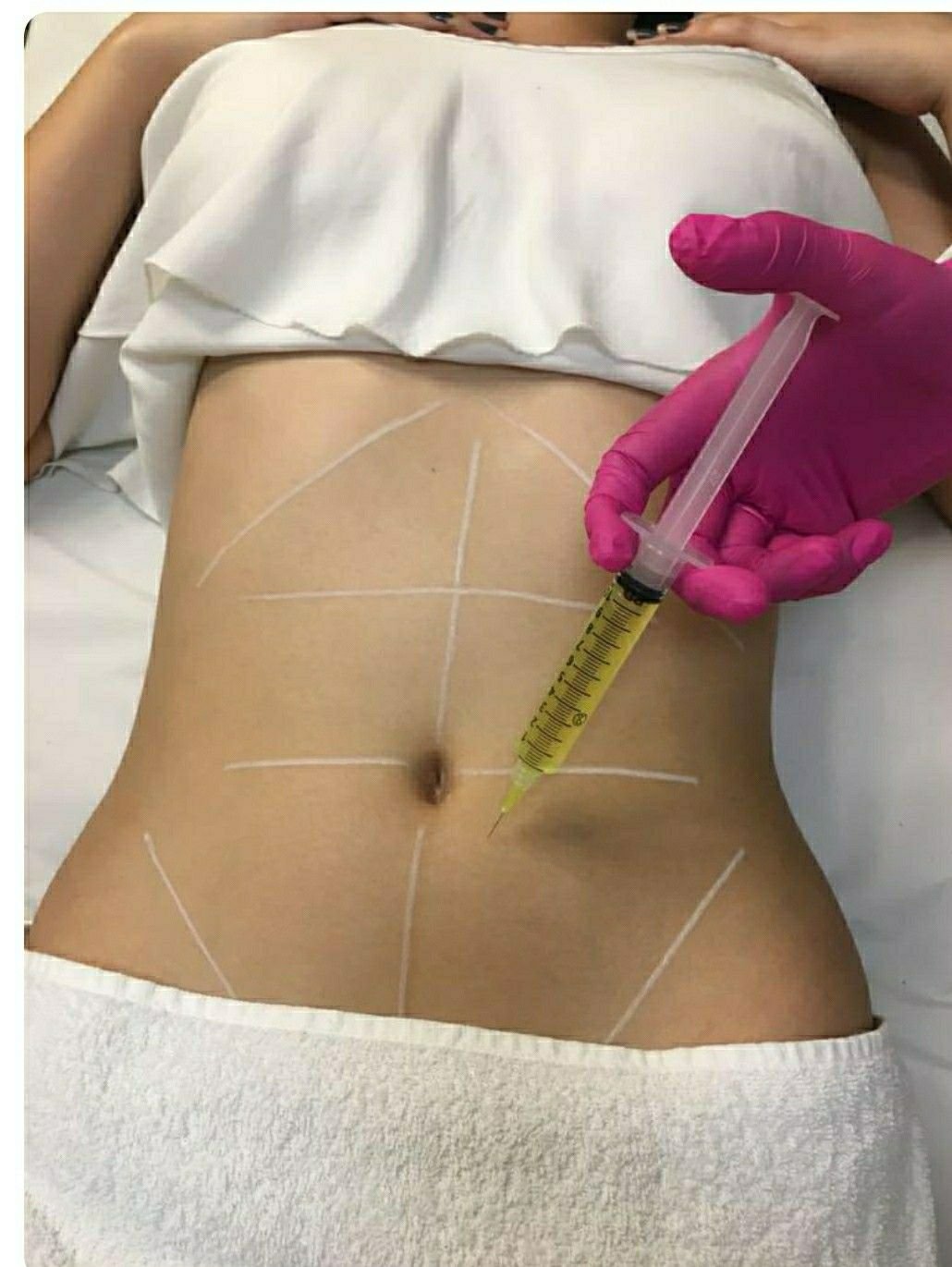
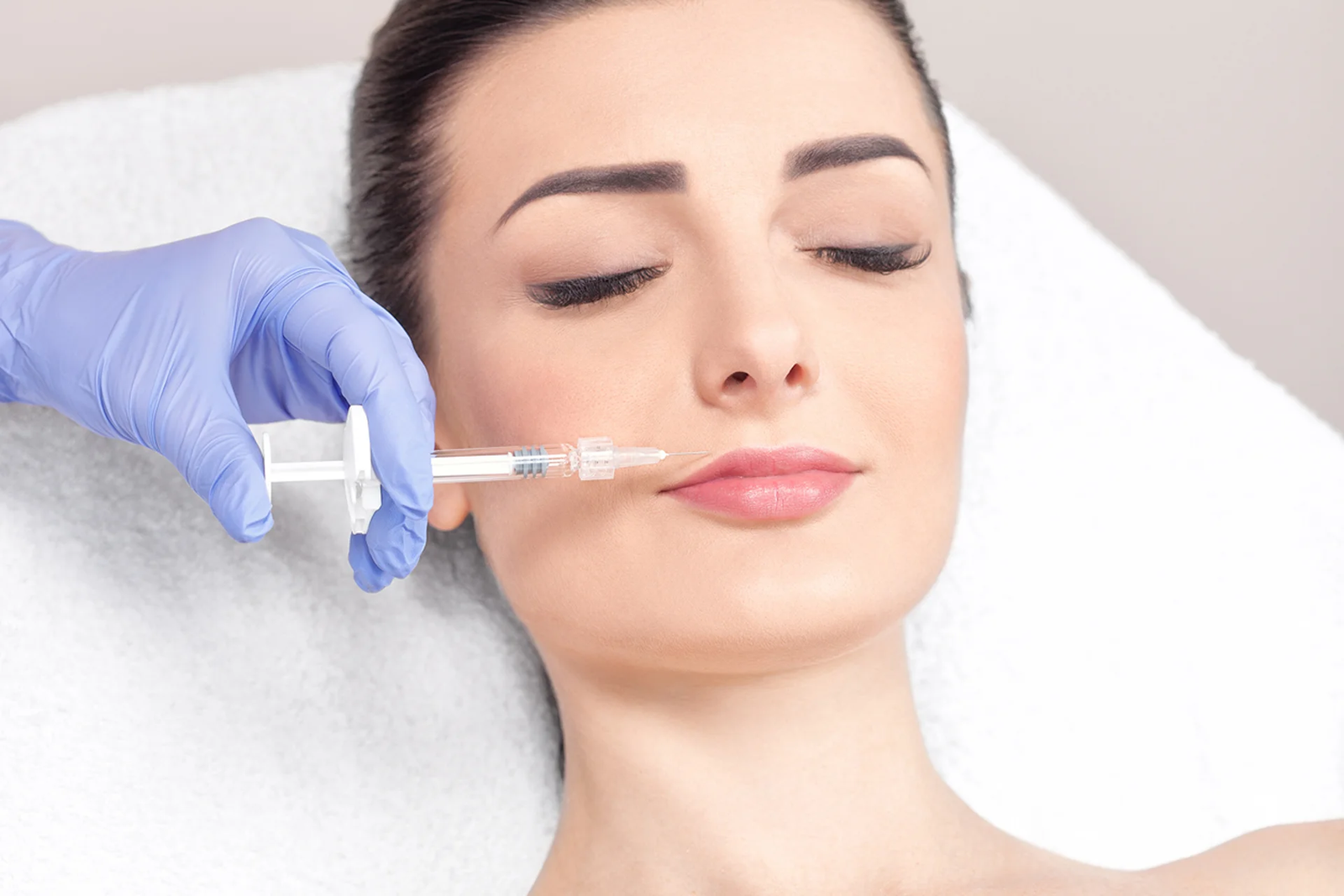
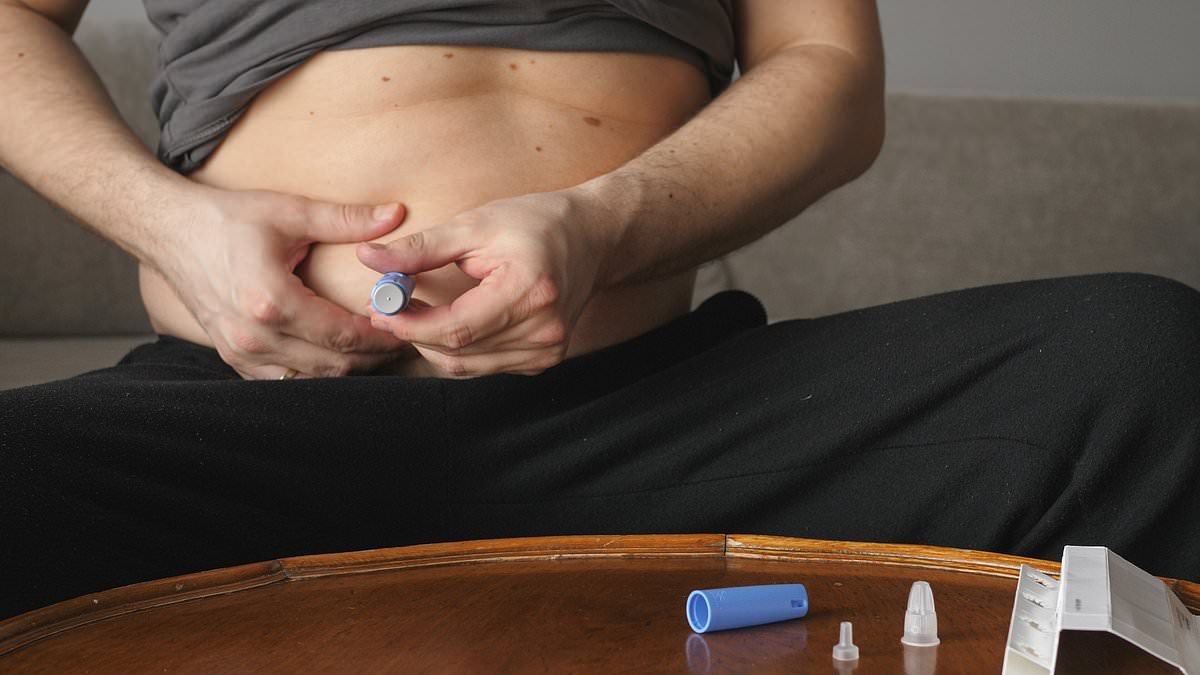
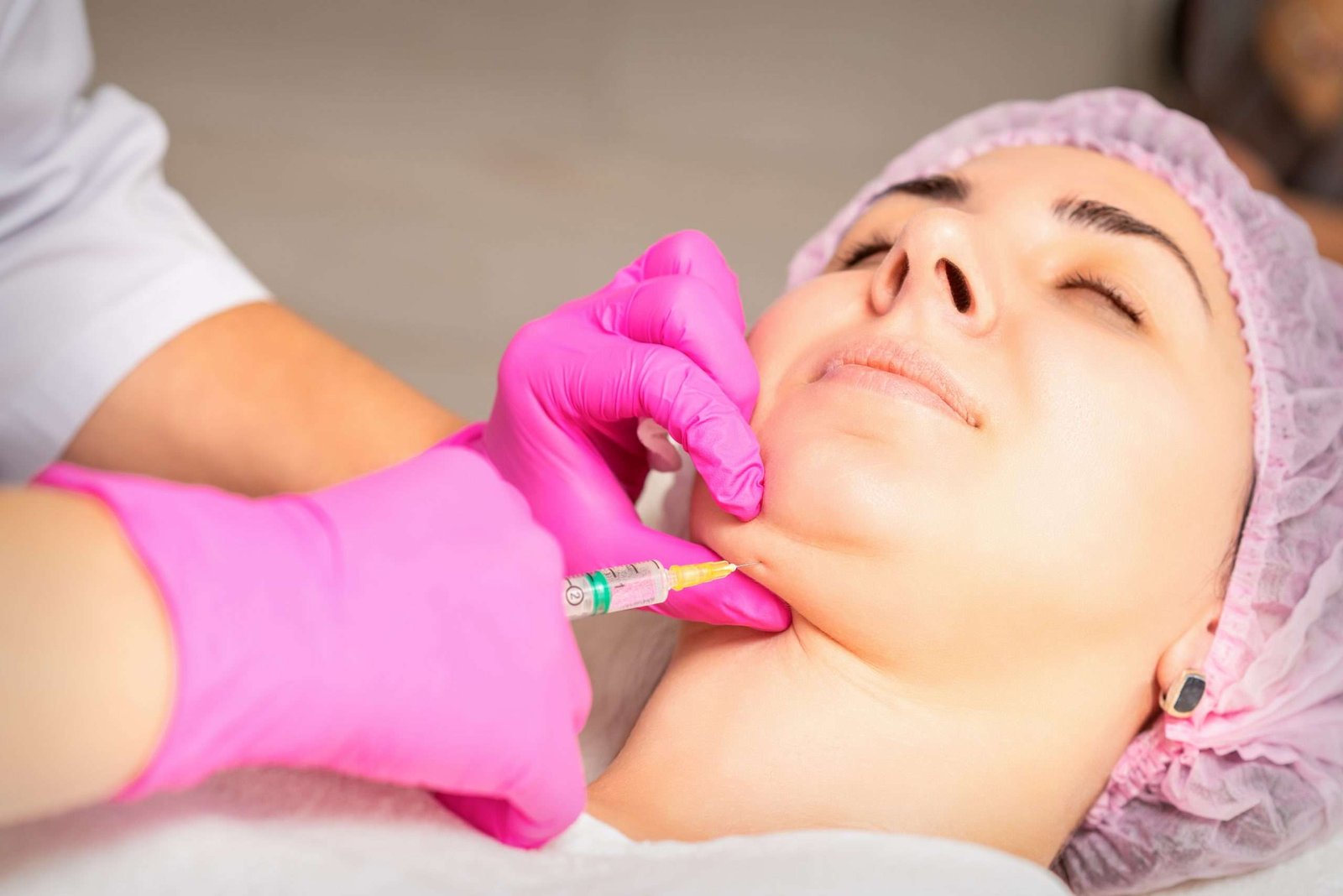




Leave a Reply